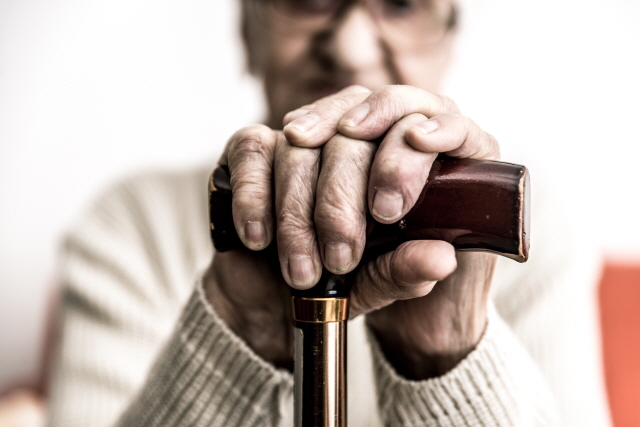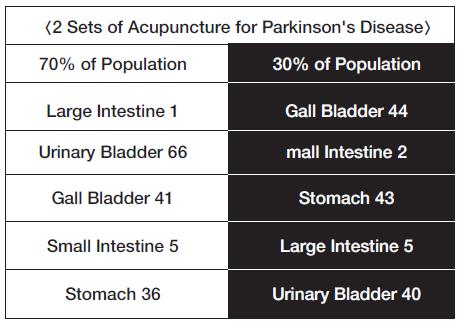
Simple Approach To Treating By Bi-Soma Acupuncture
By David Lee, L.Ac.
Can a disease of the brain be treated with acupuncture? Certainly, acupuncture is helpful for both mind and body because it helps the nervous system in the head and body. It not only helps pain and inflammation but improves the function of nerves.
Although Parkinson’s disease is caused by the death of neurons that release dopamine, acupuncture nevertheless helps to reduce symptoms and increase acupuncture reduces the symptoms of tremor. Acupuncture increases motor control, balance, ease of walking and usage of hands; the mind is clearer.
Parkinson’s disease is a neurodegenerative disorder that primarily affects movement but also affects thinking. It is characterized by the progressive degeneration of nerve cells in the brain, particularly those that produce dopamine, a neurotransmitter that regulates movement. The primary symptoms of Parkinson’s disease include tremors, bradykinesia, difficulty initiating and executing movements, muscle rigidity, cognitive changes, mood disorders, and sleep disturbances.
Through acupuncture, the body engages in a transformative healing process. This holistic approach involves the transmission of targeted signals to the brain, bypassing the necessity for molecules to penetrate the blood-brain barrier. This unique process facilitates the recalibration of neurons, steering them toward a state of normalized functioning.
The inherent potential for neuron healing is harnessed by stimulating acupuncture points in the hands and feet. This focused stimulation allows the brain to receive the signal and orchestrate a responsive adjustment. The outcome is a notable restructuring of neurons, accompanied by an improved release and reception of neurotransmitters between nerves.
Two distinct patterns of five element points were clinically identified to reduce Parkinson’s disease. The first pattern combines five Transporting points of hands and feet. 70% of any given population involves LI1 (metal point on a metal meridian), UB66 (water point on a water meridian), GB41 (wood point on a wood meridian), SI5 (fire point on a fire meridian), and ST36 (earth point on an earth meridian).
The second pattern aligns identically with that of the Yin meridians. They are found in 30% of any population, consisting of GB44 (wood point on a wood meridian), SI2 (fire point on a fire meridian), ST43 (earth point on an earth meridian), LI5 (metal point on a metal meridian), and UB40 (water point on a water meridian). This alternate pattern
Case Study: Three years ago, an 81-year-old cardiology surgeon was diagnosed with Parkinson’s disease. His symptoms were a stooped posture, rigid back, flexed elbows and wrists, leg tremors, masked face, forward tilt of the trunk, reduced arm swing, hand tremors, slightly flexed hips and knees, shuffling short-step gait, delayed speech, and insomnia. Two years ago, the challenge of relocating from New York to Los Angeles was so significant that his wife questioned his ability to make the journey.
Following each acupuncture session, there was a consistent and noticeable alleviation of all symptoms. After just six sessions, improvements were evident in his speech and gait, rendering them smoother. Moreover, his mood and sleep quality exhibited marked enhancement, contributing to an overall improvement in family interactions.
Maintaining a frequency of once every 1-2 weeks, he continues to receive acupuncture, revealing that even in advanced age, this therapeutic approach can significantly mitigate symptoms. The sustained stability in his improvement suggests enhanced nerve functioning at both central brain and peripheral body levels. Steadiness and stability of the improved state indicate an actual improvement, not control.
Patients tend to exhibit a discernible response after undergoing six acupuncture treatments. As an acupuncturist, assessing whether the set of five points, either from the above 70% or the alternate 30%, is most pertinent to the individual patient is crucial. Consistent and structured treatment sessions not only contribute to the stabilization of symptoms but also actively foster ongoing healing processes.

































